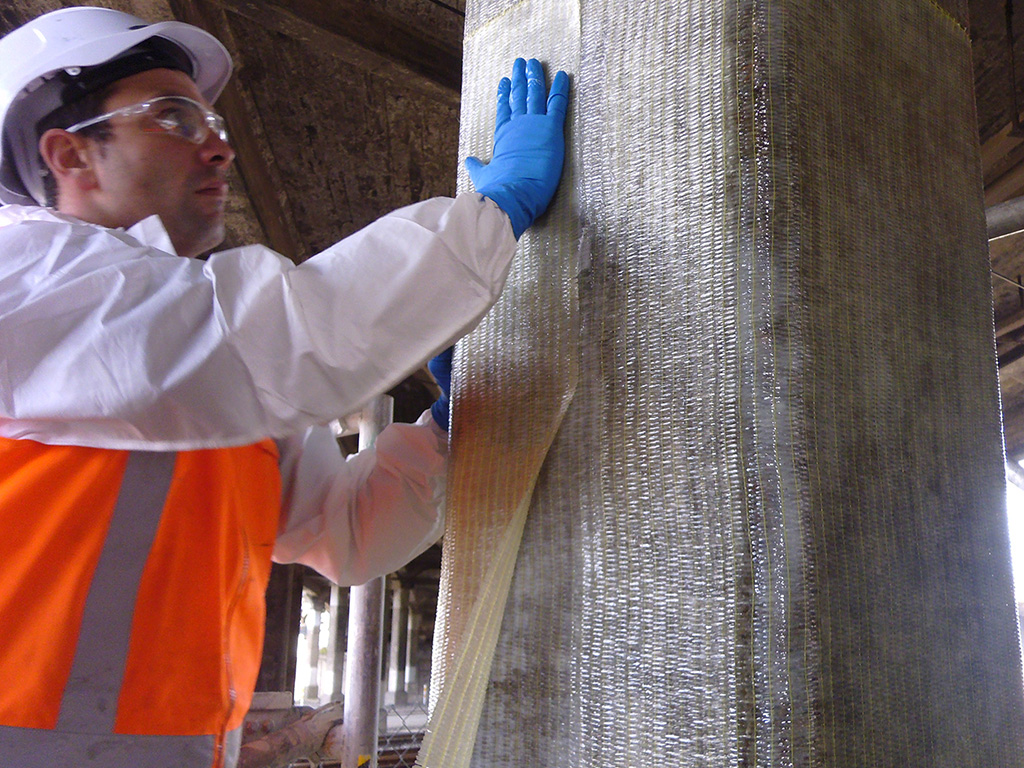FIBRE REINFORCED POLYMER (FRP) CONCRETE REPAIR: COMPOSITE STRENGTHENING
Confirma™ is the market leader in Australia when it comes to engineered solutions involving Fibre-Reinforced polymer (FRP) composite applications. Coupled with the installation, our services include a no-obligation design service which is often utilised by designers and Consulting Engineers to optimise retrofit solutions. We look forward to assisting you with your next project using Tyfo® Fibrwrap® Systems.
Modern concrete problems benefit from modern solutions. Confirma™ is the installation expert for Fibre-Reinforced Polymer (FRP) retrofit solutions providing low maintenance, low disruption and high serviceability where traditional measures fall short.
Confirma™ uses the latest technology and FRP systems including carbon fibre-reinforced polymer (CFRP) and glass fibre-reinforced polymer (GFRP). The Tyfo® Fibrwrap® Systems are engineered solutions and are optimised to give you the most effective structural strengthening and reinforcement for your project needs.
Materials Used In Fibre-Reinforced Concrete
Fibre-Reinforced Polymers are a composite material made from a polymer matrix reinforced with fibres which increases its structural integrity. This fibre-reinforcement technology used by Confirma™ in its fibre-reinforced concrete civil engineering projects provides the flexural strengthening, shear strengthening and impact resistance required.
The most common fibres used in FRP material to reinforce concrete include:
Glass fibre reinforced polymer (GFRP)
These glass fibres are low cost, add tensile reinforcement in all directions and it also has decorative qualities. Made from raw materials (such as silica sand and limestone) melted together to make molten glass, this type of FRP material offers exceptional tensile strength while remaining relatively light weight.
Carbon fibre reinforced polymer (CFRP)
Carbon fiber reinforced polymer composite materials have proven effective in restoring and upgrading the performance of concrete structures. Carbon fibres are typically embedded in a polymer matrix material, such as epoxy resin, to form carbon fibre sheets or strips.
Aramid fiber (AFRP)
Aramid is one of the synthetic fibres best known for its excellent heat resistance and strength.
FRP concrete reinforced with aramid fibres benefits from enhanced impact resistance, reduced weight, and superior durability in demanding conditions.
Hybrid fiber mix
This is where two or more individual fibres are used in building materials to reinforce concrete. Mixing the fibres added creates a combined character profile of the glass, aramid and carbon fibers used, each with different types of shorter or longer fibres.

Advantages Of Fibre-Reinforced Polymer
FRP composite materials offer numerous advantages, making them a preferred choice for various construction applications. In particular, CFRP and GFRP provide exceptional strength and durability, making them ideal for reinforcing and strengthening hardened concrete structures. When considering the best technology for retro-fitting concrete reinforcement, FRP fibre-reinforced concrete has widespread use for good reasons:
High tension capacity
By weight, Fibre-Reinforced Polymer offers a far higher tension capacity than traditional concrete strengthening materials by weight.
Steel rebar deterioration solution
The use of FRP reduces the requirements for steel reinforcement during construction and can also restore the strength, stability and load-bearing capacity when steel rebar starts to deteriorate due to rust.
Limits crack growth
When applied to cracks in concrete, FRP materials control the crack widths tightly to limit the growth and prevent further damage.
Affordable
Fibre-reinforced polymer is an affordable option to preserve a structure that you may have otherwise needed to demolish.
For challenging environments
Due to the flexibility of FRP fabrics (carbon, glass, aramid and hybrid) prior to curing, they can be applied on a wide range of surfaces and in challenging environments.
Custom-designed
Fibre-Reinforced Polymer can also be custom designed and fabricated to meet the specific strength and abrasion resistance requirements for your project.
Reduced long-term costs
Fibre-Reinforced Polymer offers corrosion resistance which means the long-term costs end up being less when compared to traditional reinforcement methods using steel.
Steel rebar is cheaper during the construction phase, but can lead to expensive structural failures down the track.
FRP components don’t require the same ongoing maintenance and repairs which helps to save on expensive labour and material costs and also avoids the inconvenience of repair downtime.
Time-saving
Time is one of the biggest concerns when you have concrete structural failure given the potential safety issues as well as the escalating repair costs.
FRP concrete repair is a fast solution that can be implemented within days, not weeks or months. It is less disruptive than traditional repair methods and easier to apply.
For example, carbon fiber reinforced polymer is a fast concrete repair solution due to its high strength, lightweight nature, rapid installation process, corrosion resistance, non-intrusiveness, and long-term durability.
Durable
Innovative FRP reinforcement systems are also proving to be more durable, extending the life expectancy of concrete structures by more than 50 years.
Fibre-Reinforced Polymer Concrete Repair With Tyfo® Fibrwrap®
Confirma™ has a strong relationship with the designers and manufacturers of the Tyfo FRP composite strengthening systems.
We are the FRP Brisbane installation experts and are trusted by the rest of Australia on projects where structural strengthening is required and offer design and build solutions.
Since 1988, the Tyfo® Fibrwrap® Systems have been tested and proven for effectiveness and durability. Over 500 structural and material tests, both destructive and non-destructive, have been performed on the Tyfo® Fibrwrap® Systems at universities around the world, including the University of Queensland. These include:
Full-scale structural testing for a variety of design goals
Long-term environmental durability testing
In-situ testing of actual installations
FRP Strengthening FAQS
Why should I use FRP composite strengthening?
Fiber reinforced composites, particularly glass and carbon fiber-reinforced polymers, offer a remarkable combination of strength, lightweight construction, and design versatility. The use of fibre-reinforced plastic composite strengthening solutions provides enhanced tensile strength, allowing the FRP composites to withstand significant pulling or stretching forces and improve the overall structural integrity of the concrete elements. By harnessing the inherent mechanical properties of fibre materials and polymer matrices, FRP composite structures are revolutionising the concrete and construction industries by providing innovative solutions for new and existing structural members, components, concrete surface quality, and systems that demand exceptional performance, durability, and efficiency.
At Confirma™, we use only the latest FRP products, technology and equipment, so you can rest assured that your reinforced concrete structures will be long-lasting.
Is fibre-reinforced polymer corrosion resistant?
Yes, fibre-reinforced polymer is resistant to corrosion. Unlike metals, fibre-reinforced polymer does not rust or corrode. This corrosion resistance makes them suitable for use in harsh environments where exposure to moisture, chemicals, or saltwater is a concern. However, the level of corrosion resistance of a specific fibre-reinforced polymer depends on the type of reinforcing fibres and the resin matrix used in its construction.
How do I know which of the fiber composites is best for my needs?
This all depends on your concrete structure and its requirements. To strengthen structural concrete elements and in load-bearing applications, carbon fibre-reinforced plastics are recommended due to their strength and stiffness, as the continuous carbon fibres in carbon fibre-reinforced polymers ensure consistent distribution of reinforcement throughout the structure. But for non-structural projects, fiberglass-reinforced polymers are generally more suitable, as fiberglass reinforcement offers more durability and corrosion resistance.
If there are weight limitations, carbon fibre composites work well due to their strength-to-weight ratio, and for projects where electrical conductivity is a concern, glass fiber-reinforced polymer composites are generally the better option.
Our team of concrete repair specialists will be able to assess your specific project requirements, evaluate the structural needs, and provide guidance on selecting the most suitable FRP composite for your Brisbane concrete repair or to strengthen concrete structures.
Confirma™ are experts in Concrete Remediation
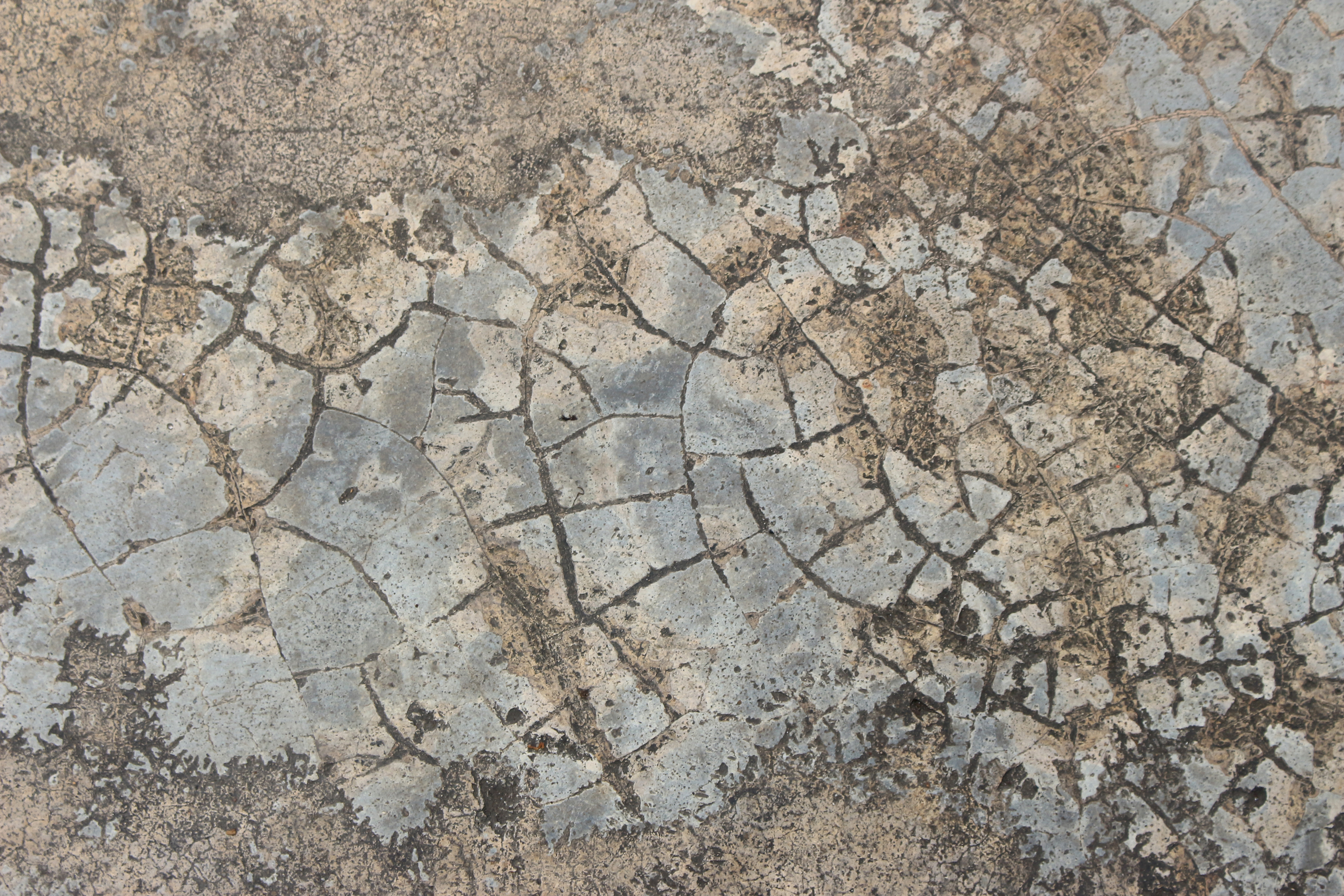
Concrete Cancer
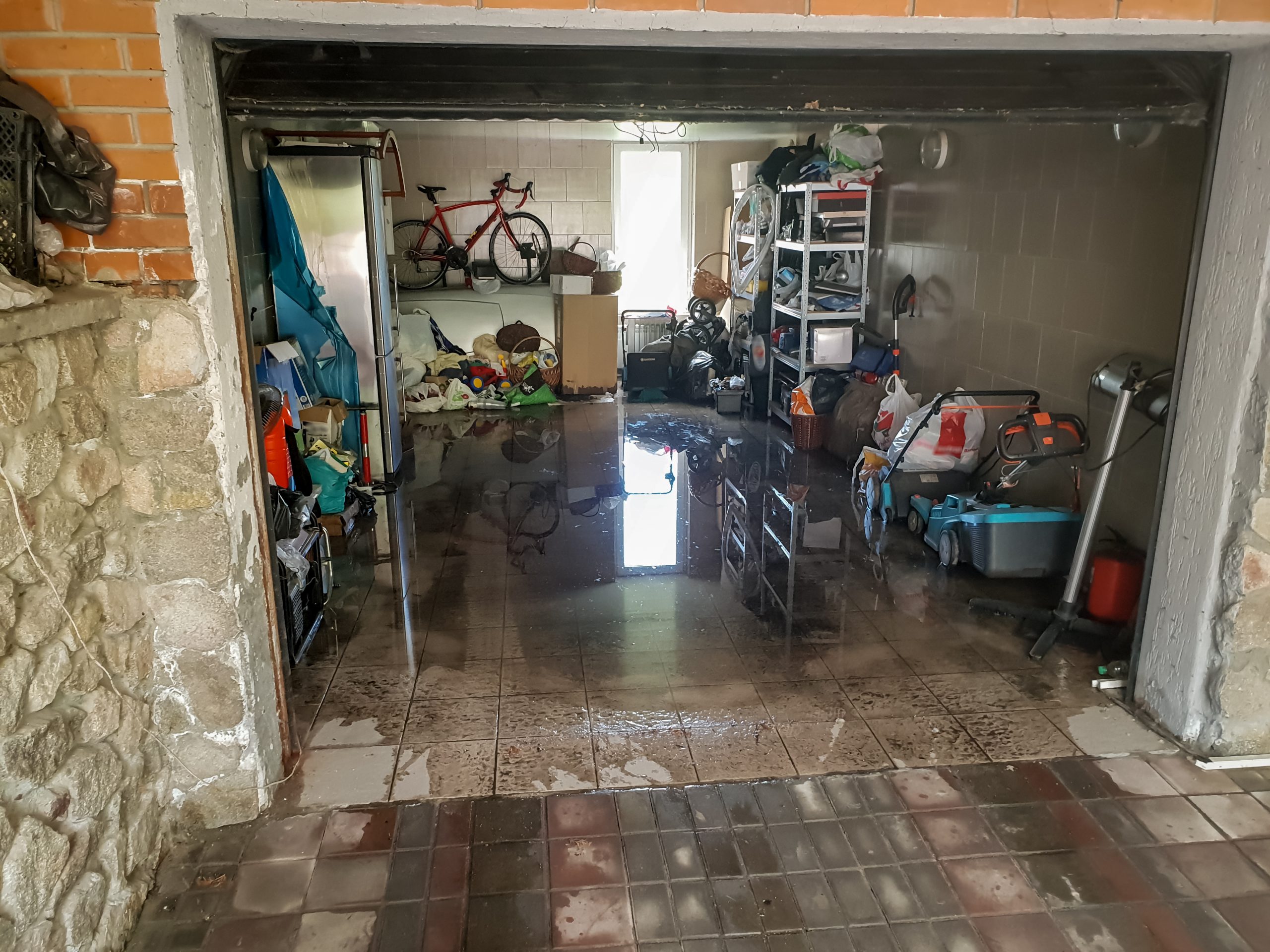
Basement Leak
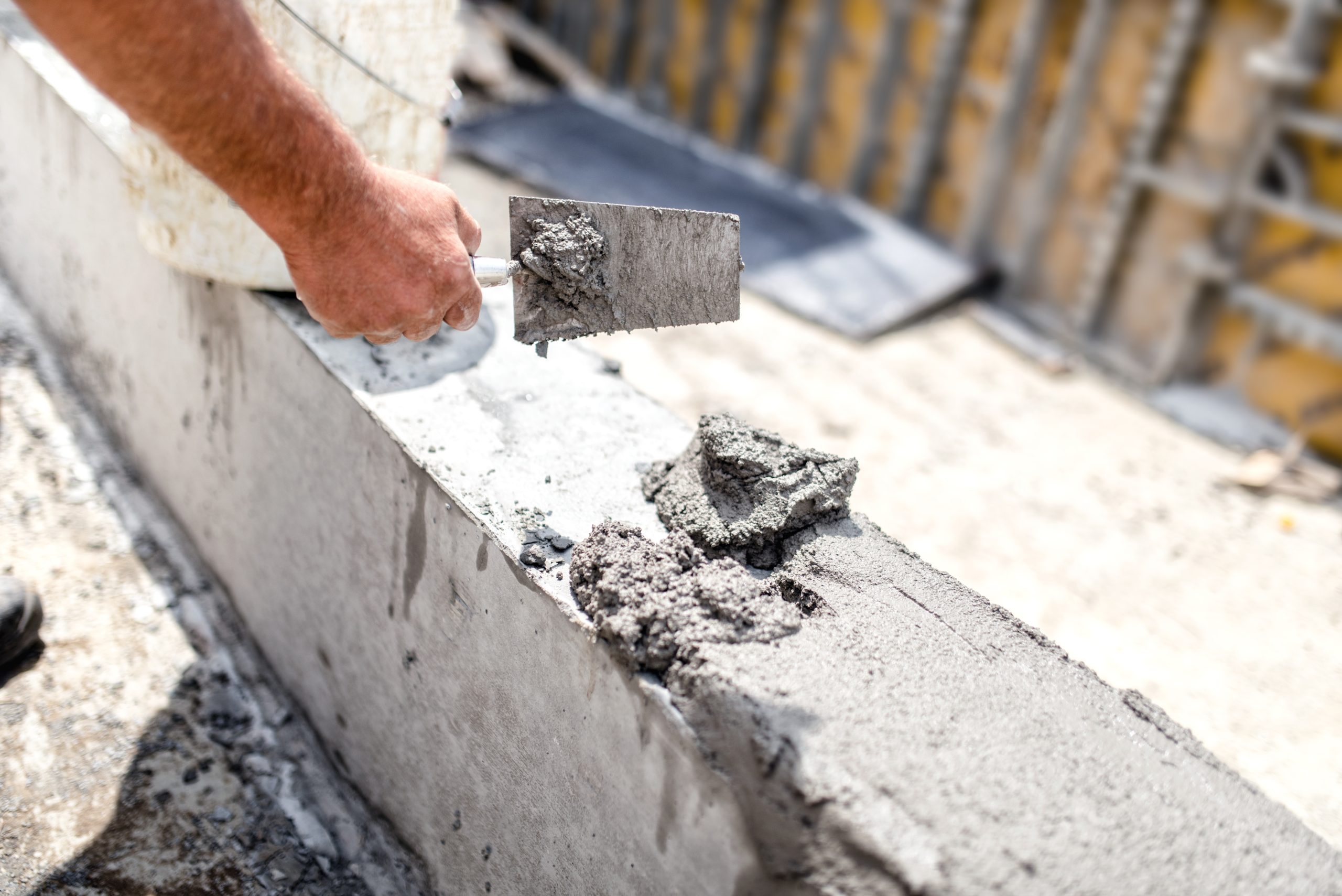
Concrete Beam

Concrete Foundation
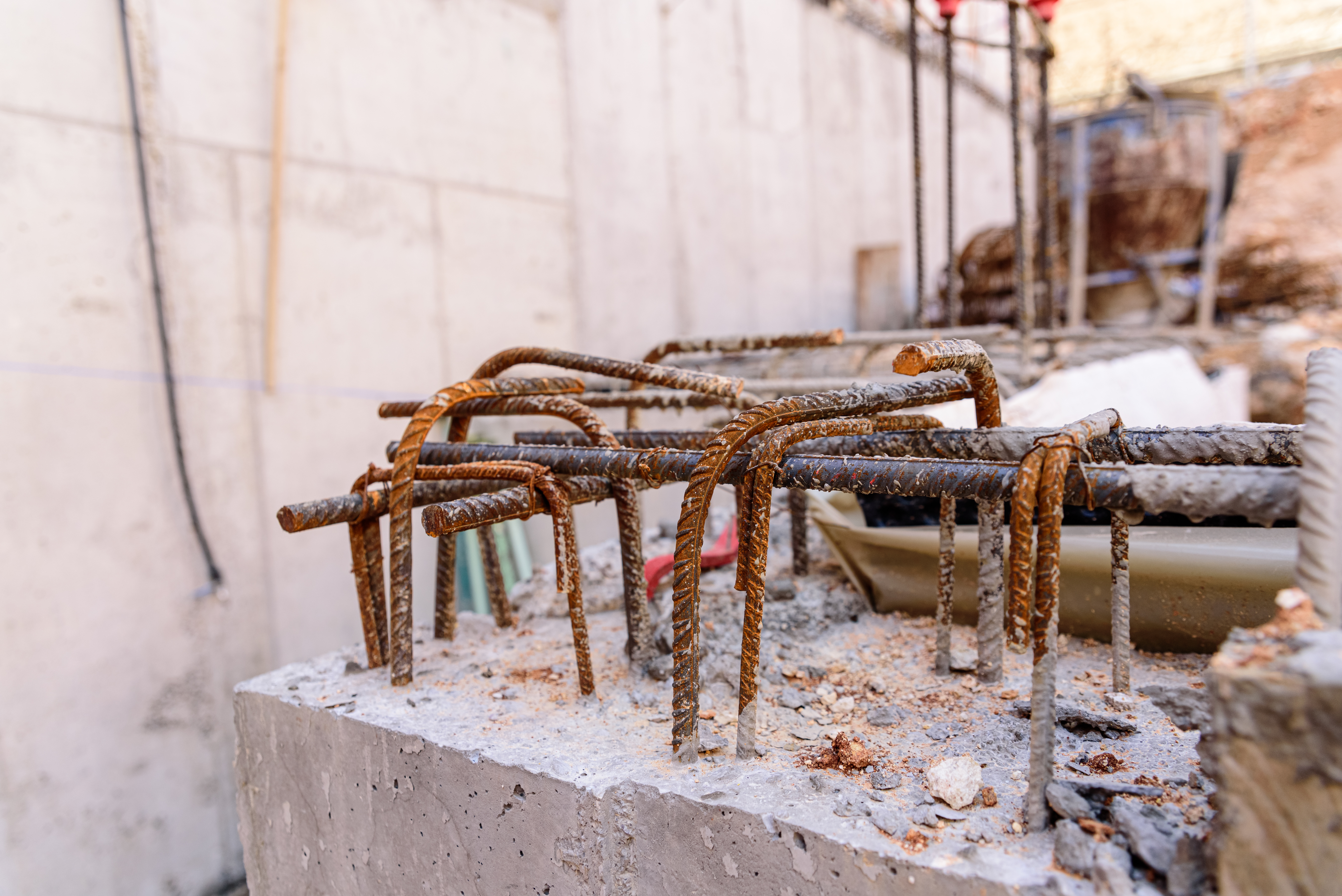
Structural Strengthening
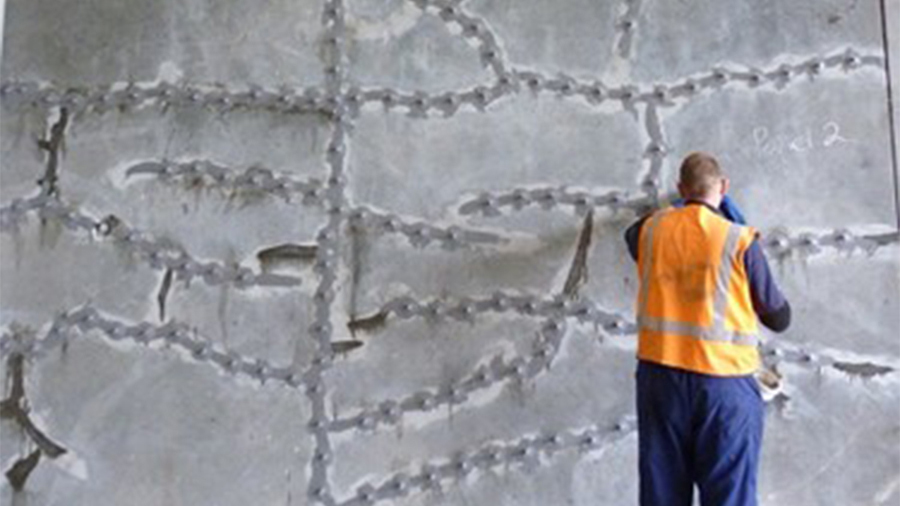
Structural Injection
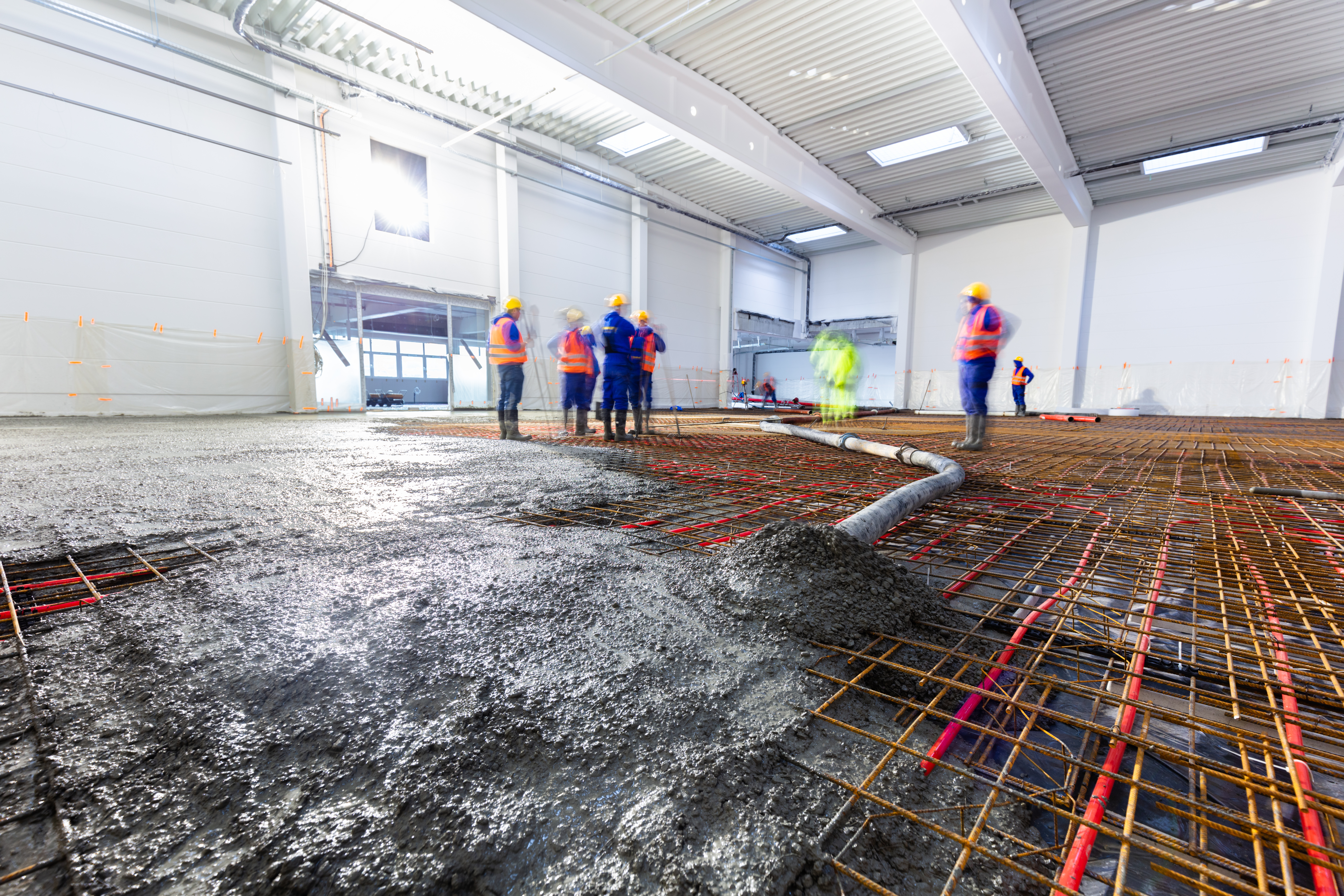
Industrial Concrete Repairs
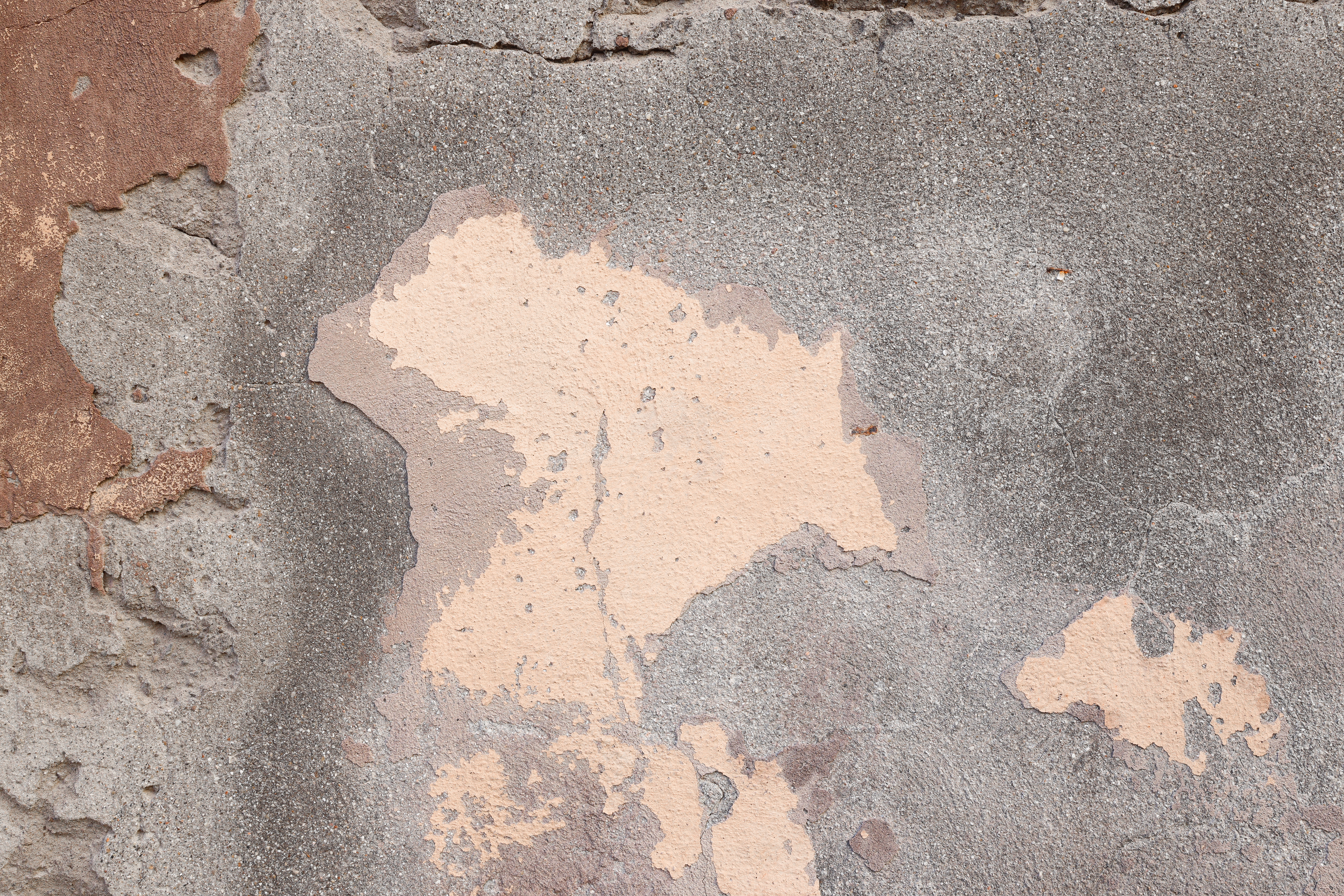
Concrete Spalling


